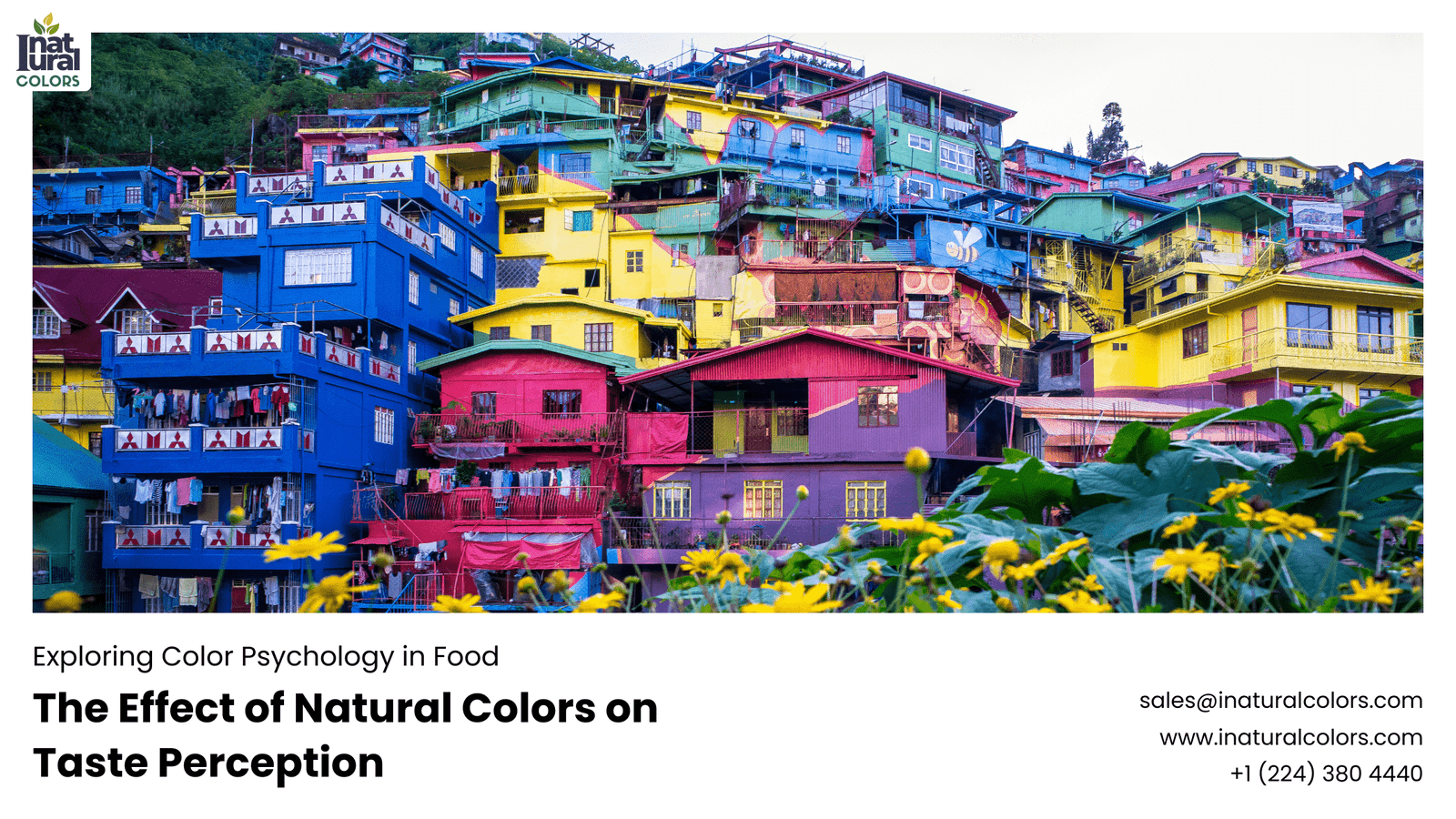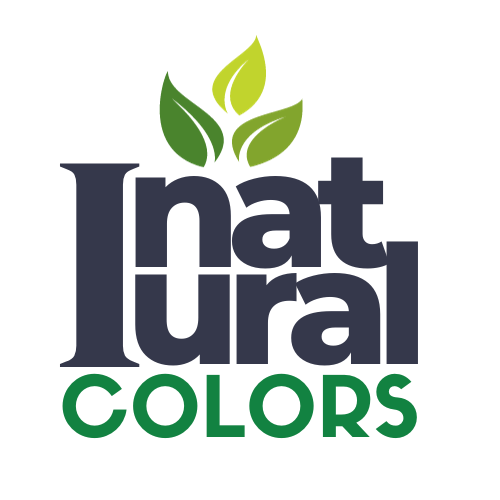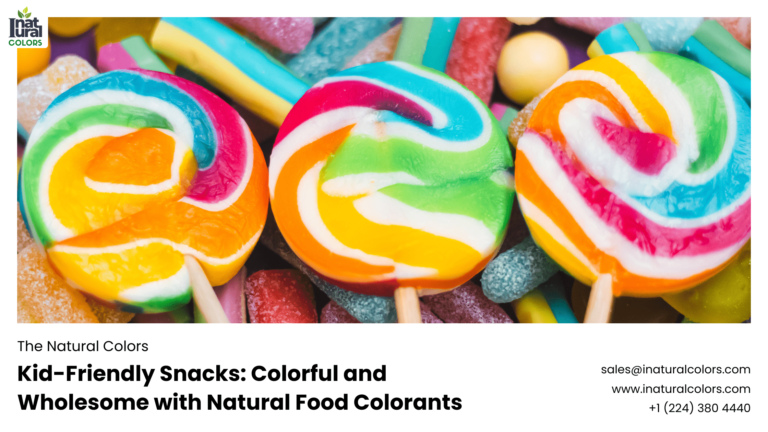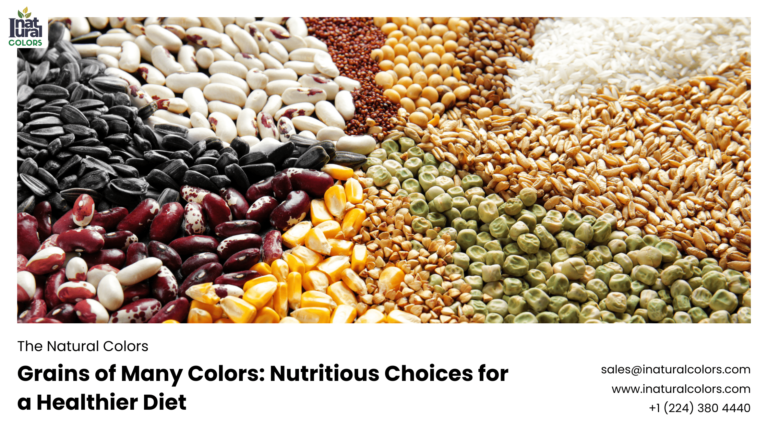Beautiful Plants For Your Interior

Outline
- Introduction
- The Intriguing Connection Between Color and Taste
- Why This Topic Matters
- Understanding Taste Perception
- What Is Taste Perception?
- The Science Behind Taste Buds
- The Role of Color in Food and Beverages
- Visual Appeal and Its Influence
- Psychological Impacts of Color
- Natural vs. Artificial Colors
- What Are Natural Colors?
- Differences Between Natural and Artificial Colors
- Historical Context of Food Coloring
- Ancient Uses of Natural Colors
- The Evolution of Food Coloring Techniques
- Scientific Studies on Color and Taste
- Key Research Findings
- How Color Alters Taste Expectations
- How Natural Colors Influence Taste
- Case Studies and Examples
- The Biology of Color Perception
- The Psychology Behind Color and Taste
- Color Associations and Taste
- Cultural Differences in Color-Taste Perception
- Practical Applications in the Food Industry
- Food Presentation Techniques
- Product Development and Marketing
- Natural Color Sources
- Common Natural Food Dyes
- Benefits of Using Natural Colors
- Challenges with Natural Colors
- Stability and Consistency Issues
- Cost and Availability
- Consumer Preferences and Trends
- Shift Toward Natural Ingredients
- Health and Wellness Trends
- Regulatory Aspects of Food Coloring
- Laws and Guidelines for Food Colorants
- Differences in Regulations Globally
- Future of Natural Colors in Food
- Innovations and Technological Advances
- Predictions for Market Growth
- Conclusion
- Summary of Key Points
- The Impact of Natural Colors on the Future of Food
- FAQs
- What Are Some Examples of Natural Food Colors?
- How Do Natural Colors Compare to Artificial Ones?
- Are Natural Colors Safe for Consumption?
- How Do Colors Affect Our Appetite?
- Can Color Perception Be Trained?
The Effect of Natural Colors on Taste Perception
Introduction
Ever wondered why a vibrant red strawberry seems to taste sweeter than a pale one? Or why a brightly colored drink feels more refreshing? The connection between color and taste is more profound than you might think. This article dives into the fascinating world of natural colors and their impact on taste perception, revealing how what we see influences what we taste. So, let’s embark on this colorful journey and uncover the secrets behind the hues on our plates.
Understanding Taste Perception
What Is Taste Perception?
Taste perception is the sensory experience of flavor when we eat or drink. It involves the interaction of taste buds on our tongues with food molecules, sending signals to our brain to interpret flavors. The primary tastes we perceive are sweet, salty, sour, bitter, and umami. However, taste perception is not solely about these basic tastes; it also involves smell, texture, and visual cues.
The Science Behind Taste Buds
Taste buds are tiny sensory organs located on the tongue, roof of the mouth, and throat. Each taste bud contains receptor cells that bind to food molecules, triggering nerve impulses that travel to the brain. This process is influenced by various factors, including genetics, age, and, intriguingly, color.
The Role of Color in Food and Beverages
Visual Appeal and Its Influence
Visual appeal plays a crucial role in how we perceive food. Before we even take a bite, our eyes have already made judgments about the flavor, freshness, and quality of the food based on its color. A brightly colored dish can stimulate appetite and enhance our overall eating experience, while dull or unexpected colors can deter us.
Psychological Impacts of Color
Colors evoke psychological responses that can affect our taste perception. For instance, red and yellow are often associated with sweetness and warmth, while blue and green might be linked to freshness or bitterness. These associations can shape our expectations and, consequently, our actual taste experiences.
Natural vs. Artificial Colors
What Are Natural Colors?
Natural colors are derived from plant, animal, or mineral sources. Common examples include beet juice (red), turmeric (yellow), and spirulina (blue-green). These colors are often preferred for their perceived health benefits and natural origins.
Differences Between Natural and Artificial Colors
Artificial colors, on the other hand, are synthetic dyes made from petroleum. They are often brighter and more stable than natural colors but have faced scrutiny over potential health risks. Consumers are increasingly turning to natural alternatives for a safer, more wholesome option.
Historical Context of Food Coloring
Ancient Uses of Natural Colors
The use of natural colors dates back to ancient civilizations. Egyptians used saffron and other plant extracts to color their foods. Similarly, the Romans used wine and berries to dye their meals, enhancing the dining experience with visual appeal.
The Evolution of Food Coloring Techniques
Over time, food coloring techniques have evolved. The industrial revolution introduced synthetic dyes, which were cheaper and more vibrant. However, the recent shift towards health-conscious eating has revived interest in natural colors, leading to innovative extraction and application methods.
Scientific Studies on Color and Taste
Key Research Findings
Numerous studies have explored the link between color and taste perception. Research shows that color can significantly alter taste expectations and experiences. For example, a study found that participants rated identical drinks differently based on their colors, perceiving red drinks as sweeter and blue drinks as more refreshing.
How Color Alters Taste Expectations
Color sets the stage for our taste experience. If we see a brightly colored fruit, we anticipate it to be ripe and flavorful. When our visual expectations align with the actual taste, the experience is enhanced. Conversely, a mismatch between color and taste can lead to disappointment.
How Natural Colors Influence Taste
Case Studies and Examples
Consider the case of a green smoothie. The vibrant green color, often derived from spinach or kale, signals health and freshness. This visual cue can make the drink seem more nutritious and appealing, even influencing its perceived taste.
The Biology of Color Perception
Biologically, our brains are wired to associate certain colors with specific tastes. This association likely stems from evolutionary survival mechanisms, where color helped our ancestors identify ripe, edible foods from poisonous ones.
The Psychology Behind Color and Taste
Color Associations and Taste
Colors carry strong associations that influence taste perception. Red is often linked to sweetness, perhaps because many ripe fruits are red. Yellow might signal sourness or tanginess, as seen in lemons and pineapples. These associations can vary based on individual experiences and cultural backgrounds.
Cultural Differences in Color-Taste Perception
Cultural factors play a significant role in how we perceive color and taste. For instance, in Western cultures, white foods like bread and milk are staples, while in some Asian cultures, white may symbolize mourning. Such cultural nuances can shape how different colors are perceived and enjoyed in various cuisines.
Practical Applications in the Food Industry
Food Presentation Techniques
Chefs and food manufacturers use color strategically to enhance food presentation. A well-arranged plate with contrasting colors can make a meal more enticing. For example, adding a splash of red tomatoes to a green salad not only boosts visual appeal but can also heighten the perception of freshness and flavor.
Product Development and Marketing
In product development, companies leverage color to attract consumers and convey specific qualities. Natural colors are often used to market products as healthier and more authentic. This trend is particularly evident in the rise of organic and clean-label products, where natural coloring plays a key role.
Natural Color Sources
Common Natural Food Dyes
Several natural sources provide vibrant colors for food. Beetroot gives a rich red hue, turmeric provides a bright yellow, and spirulina offers a deep blue-green. Other sources include annatto (orange) and paprika (red).
Benefits of Using Natural Colors
Using natural colors has multiple benefits. They are perceived as healthier and safer, aligning with the growing consumer demand for clean, natural ingredients. Additionally, natural colors often contain beneficial nutrients, adding value beyond aesthetics.
Challenges with Natural Colors
Stability and Consistency Issues
One of the main challenges with natural colors is their stability. Natural dyes can be sensitive to light, heat, and pH changes, leading to color degradation over time. Ensuring consistency in color across different batches of products can also be challenging.
Cost and Availability
Natural colors can be more expensive than synthetic dyes, due to the costs associated with extraction and purification. Additionally, the availability of natural color sources can be seasonal, impacting supply chains and pricing.
Consumer Preferences and Trends
Shift Toward Natural Ingredients
Consumers are increasingly prioritizing natural ingredients in their food choices. This shift is driven by growing awareness of health and environmental issues, as well as a desire for transparency and authenticity in food production.
Health and Wellness Trends
The health and wellness trend has propelled the demand for natural colors. Products labeled with natural ingredients are perceived as safer and healthier, contributing to their popularity among health-conscious consumers.
Regulatory Aspects of Food Coloring
Laws and Guidelines for Food Colorants
Regulations surrounding food colorants vary globally. In the United States, the FDA has stringent guidelines for approving both synthetic and natural colors. The European Union
has a list of approved natural colors known as E numbers, ensuring safety and consumer protection.
Differences in Regulations Globally
Regulatory frameworks differ significantly across regions. While some countries have strict regulations on food colorants, others may have more relaxed guidelines. Understanding these differences is crucial for food manufacturers operating in global markets to ensure compliance and consumer safety.
Future of Natural Colors in Food
Innovations and Technological Advances
Technological advancements are driving innovation in natural color extraction and application. Novel techniques such as microencapsulation improve the stability and functionality of natural colors, expanding their application in various food and beverage products.
Predictions for Market Growth
The market for natural colors is projected to grow steadily, driven by consumer demand for clean-label products and sustainable practices. Manufacturers are investing in research and development to meet these demands while maintaining product integrity and quality.
Conclusion
In conclusion, the effect of natural colors on taste perception is a multifaceted phenomenon that combines sensory science with psychology and cultural influences. Natural colors not only enhance the visual appeal of food but also play a significant role in shaping taste expectations and experiences. As consumer preferences shift towards natural ingredients and clean-label products, the demand for natural colors continues to rise, paving the way for innovation and growth in the food industry.
FAQs
- What Are Some Examples of Natural Food Colors?
- Natural food colors include beetroot (red), turmeric (yellow), spirulina (blue-green), and annatto (orange), among others.
- How Do Natural Colors Compare to Artificial Ones?
- Natural colors are derived from plant, animal, or mineral sources and are perceived as safer and healthier alternatives to synthetic dyes, which are made from petroleum.
- Are Natural Colors Safe for Consumption?
- Yes, natural colors approved for use in foods are generally considered safe. Regulatory bodies like the FDA and EFSA set guidelines to ensure their safety.
- How Do Colors Affect Our Appetite?
- Colors influence our appetite by triggering psychological responses. For example, vibrant colors can stimulate appetite, while dull colors may have the opposite effect.
- Can Color Perception Be Trained?
- Yes, color perception can be influenced by factors such as culture and personal experiences. Exposure to different color-taste pairings can shape our preferences over time.



